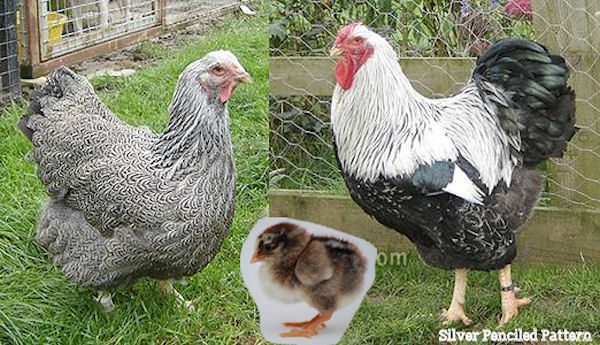- Thread starter
- #441
Anyone else have any possible names?
We have so far:
Iowa Blue Fanciers Club (IBFC)
Iowa Blue Club (IBC)
Iowa Blue Chicken Club (IBCC)
Iowa Blue Chicken Fanciers Association (IBCFA)
Iowa Blue Chicken Association (IBCA)
a couple others...
Iowa Blue Breeders Association (IBBA)
Iowa Blue Breeders Club (IBBC)
If y'all think these are good enough choices, I can put up a poll thread for a vote.
The thought behind the photo lineup isn't to use it as ideal. Yes, I know we are far from the perfect Iowa Blue, but we need photo representations of where the breed is now to even study the traits to create an accurate/representative drawing of the perfect bird. The birds don't have to be perfect, just typical so we can have a selection to look at and talk about while creating the standard. Show pose so they are comparable and give us the ability to decide things such as the perfect tail set angle, length of body, etc.
The birds don't have to be perfect, just typical so we can have a selection to look at and talk about while creating the standard. Show pose so they are comparable and give us the ability to decide things such as the perfect tail set angle, length of body, etc.
We have so far:
Iowa Blue Fanciers Club (IBFC)
Iowa Blue Club (IBC)
Iowa Blue Chicken Club (IBCC)
Iowa Blue Chicken Fanciers Association (IBCFA)
Iowa Blue Chicken Association (IBCA)
a couple others...
Iowa Blue Breeders Association (IBBA)
Iowa Blue Breeders Club (IBBC)
If y'all think these are good enough choices, I can put up a poll thread for a vote.

The thought behind the photo lineup isn't to use it as ideal. Yes, I know we are far from the perfect Iowa Blue, but we need photo representations of where the breed is now to even study the traits to create an accurate/representative drawing of the perfect bird.
 The birds don't have to be perfect, just typical so we can have a selection to look at and talk about while creating the standard. Show pose so they are comparable and give us the ability to decide things such as the perfect tail set angle, length of body, etc.
The birds don't have to be perfect, just typical so we can have a selection to look at and talk about while creating the standard. Show pose so they are comparable and give us the ability to decide things such as the perfect tail set angle, length of body, etc.
Last edited:




